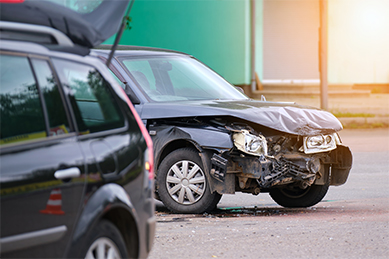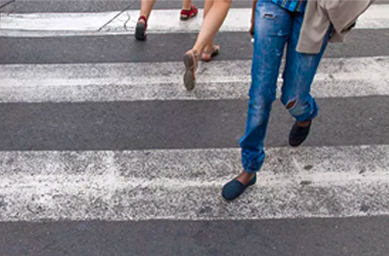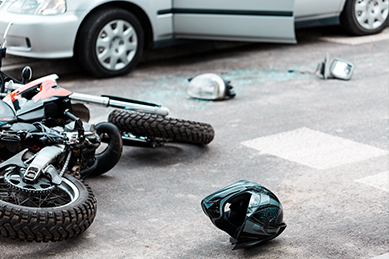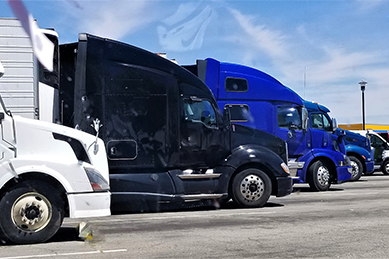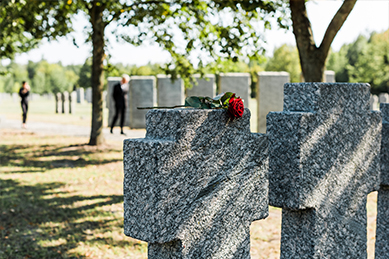Children may be prone to scrapes and bruises, but serious injuries like concussions or TBI (traumatic brain injury) could have profound and permanent consequences – both for children and their families.
As such, researchers and safety advocates continually turn to data to determine where risks for serious injuries exist, as well as how to best manage those risks. That’s precisely what a new study has done with child brain injuries.
About the Study
A study published in the medical journal Brain Injury focused on statistics for non-fatal brain injuries among children and adolescents. Researchers behind the study used data from the National Electronic Injury Surveillance System about children (ages 1-19) who suffered an estimated 4.1 million traumatic brain injuries between the years 2010 through 2013.
Here are a few of their most significant findings:
- Nearly three-fourths (about 72%) of brain injury-related ER visits involving children were attributed to consumer products;
- Sports and recreation products were the most common products associated with child brain injuries (these products accounted for nearly 29% of all child TBIs);
- The next leading product groups were home furnishings and fixtures, and home structures and construction materials, both of which were linked to roughly 17% of injuries.
- Contrary to what most parents may have thought, child nursery equipment and toys were among the lower end of the spectrum for child brain injury causes, accounting for 2.7% and 2.4% of injuries, respectively.
While many products, household items, and activities can cause brain injuries to children of any age, there are some differences in leading causes across different age groups. Here’s a breakdown of the top 5 TBI causes for each age group evaluated in the study:
- Under 1 Year: (1) Beds; (2) Floors; (3) Sofas / Couches; (4) Stairs; (5) Car Seats.
- 1-4 Years: (1) Stairs; (2) Beds; (3) Floors; (4) Tables; (5) Chairs.
- 5-9 Years: (1) Floors; (2) Bicycles; (3) Beds; (4) Stairs; (5) Football.
- 10-14 Years: (1) Football; (2) Basketball; (3) Bicycles; (4) Soccer; (5) Baseball / Softball.
- 15-19 Years: (1) Football; (2) Basketball; (3) Soccer; (4) Bicycles; (5) Floors.
Interpreting the Results: Where Child Brain Injury Risks Are Highest
When interpreting the findings, researchers from the Pacific Institute for Research and Evaluation in Maryland noted some important issues, including:
- Slips, trips, and falls were very common among children with TBIs, and were often attributed to things like uneven floors, stairs, and similar household hazards.
- While home furnishings and fixtures – most notably beds – were the second-leading cause of child TBI in the study, they were the leading cause of brain injuries among infants and small children up to 4 years of age.
- For sports and recreation, football, basketball, and bicycle products were the largest culprits behind brain injuries, especially for children between 5 and 19.
- Researchers noted one particularly surprising finding: child car seats were the 5th leading cause of child brain injuries. While car seats are effective in preventing serious injuries and deaths in car accidents, researchers noted that they can pose risks when handled improperly by parents and others outside of vehicles, used as baby carriers, placed onto surfaces where there are risks of falls, or when getting children in and out of cars.
While the data was limited in terms of information about brain injury severity, and though it did not include cases where children were not admitted to emergency rooms, it still provides a great deal of insight into where risks are most prevalent for children.
For parents, that means managing risks by removing potential hazards and increasing the use of safety aids, such as stair gates or bumpers for sharp corners. For property owners and product manufacturers with a legal “duty of care” to keep guests and consumers safe, it can also help with addressing the most pressing risks, and improving safety for our youngest and perhaps most vulnerable population.
At Todd Miner Law®️, our accident attorneys have represented clients and families throughout Central Florida in matters involving preventable injuries – including injuries to children and traumatic brain injuries. Whether you or your child suffered a brain injury in an auto accident, on another’s property, or while using a consumer product, we’re available to discuss your rights and options for pursuing a possible financial recovery for your damages.
Call 407-214-4743 or contact us online to speak with a lawyer. Todd Miner Law®️ proudly serves clients across Orlando, and offers free and confidential case evaluations.



